Liver Disorders
Liver Disorders
Many liver diseases are associated with endocrine disorders, including nonalcoholic fatty liver disease (NAFLD), autoimmune hepatitis and primary biliary cirrhosis. NAFLD is the most common liver disorder worldwide and its rising prevalence mirrors that of obesity and type 2 diabetes. Thyroid disorders are often associated with hepatic alterations. Chronic liver disease can impair menstruation and fertility. In addition, patients with diabetes have a higher prevalence of significant liver fibrosis and enhanced risk of disease progression to cirrhosis and hepatocellular carcinoma. Management of these disorders should consider the relationship between the liver and the endocrine system, in order to address all manifestations and complications.
Browse video highlights and short articles from the conference hub, providing insights into the latest updates from major conferences and peer-reviewed articles from the journal portfolio. This is complemented by a range of educational activities from our expert faculty, with patient outcomes at the forefront.
Our supporting partners do not constitute an endorsement of the content on this page.

This educational program has been developed by and is sponsored by Novo Nordisk Inc.
Learn the importance of making an early MASLD/MASH diagnosis, including how to assess for at-risk patients.
MASH, metabolic dysfunction-associated steatohepatitis
US25SN00160 Date of Preparation: June 2025

Prof Mak, a leading clinician-scientist in hepatology, discusses her inspirations, groundbreaking research on liver diseases, and commitment to patient-centered care. She reflects on milestones in her career and shares insights into emerging therapies and trends transforming the field.
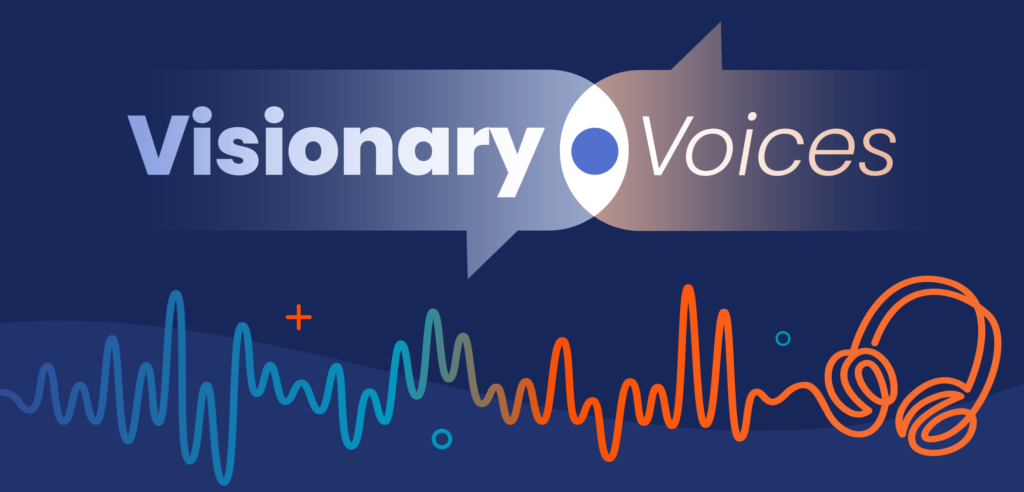
Physician burnout is at a critical point. In this episode, Nicky speaks with Dr Alfred Atanda about why so many physicians are burning out and what can be done to change the trend. From personal experience to system-wide solutions, Dr Atanda shares valuable insights on improving physician well-being and building a more effective healthcare culture.
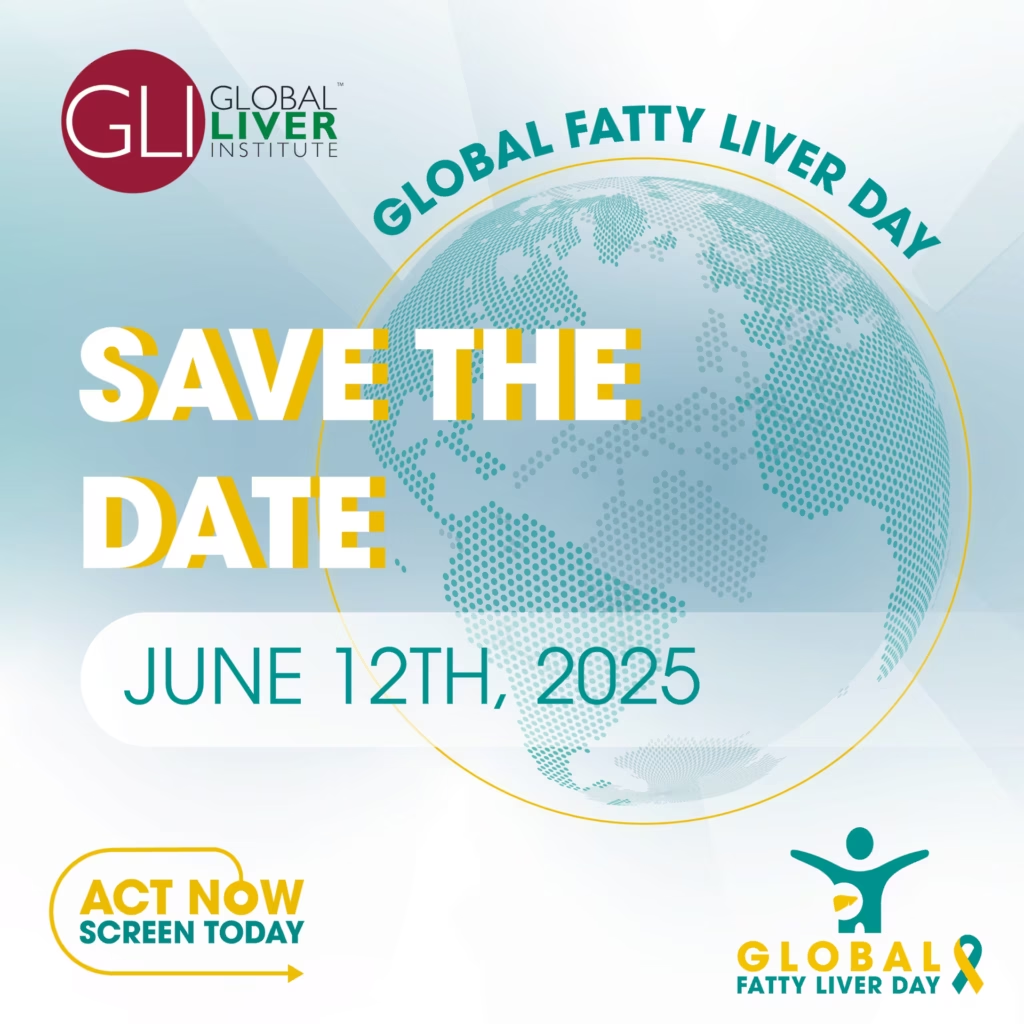
At touchENDOCRINOLOGY, we’re proud to support Global Fatty Liver Day on 12 June, an important initiative led by the Global Liver Institute. This annual campaign highlights the growing urgency of fatty liver disease, especially in its advanced stages, and calls on both healthcare professionals and the public to take meaningful action through education, early detection and healthy lifestyle choices.

We are pleased to present the latest issue of touchREVIEWS in Endocrinology, which offers a timely and thoughtprovoking collection of articles that reflect both the continuity and evolution of diabetes and metabolic disease research. In an era where technology, public ...
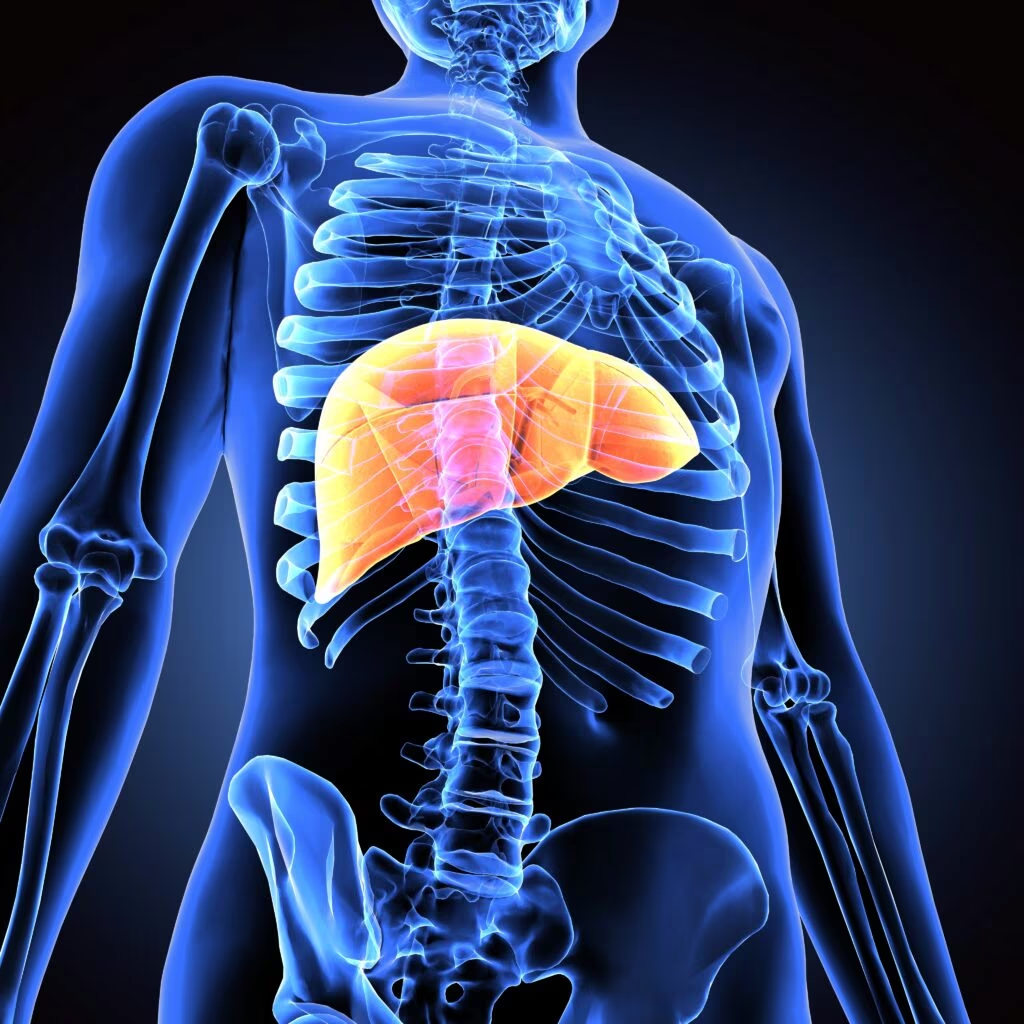
Article Highlights This study aims to find an effective and affordable biomarker panel for early non-alcoholic fatty liver disease (NAFLD) detection in Indian women with morbid obesity, given the rising prevalence of NAFLD and limited accessibility of ultrasound sonography (USG) ...
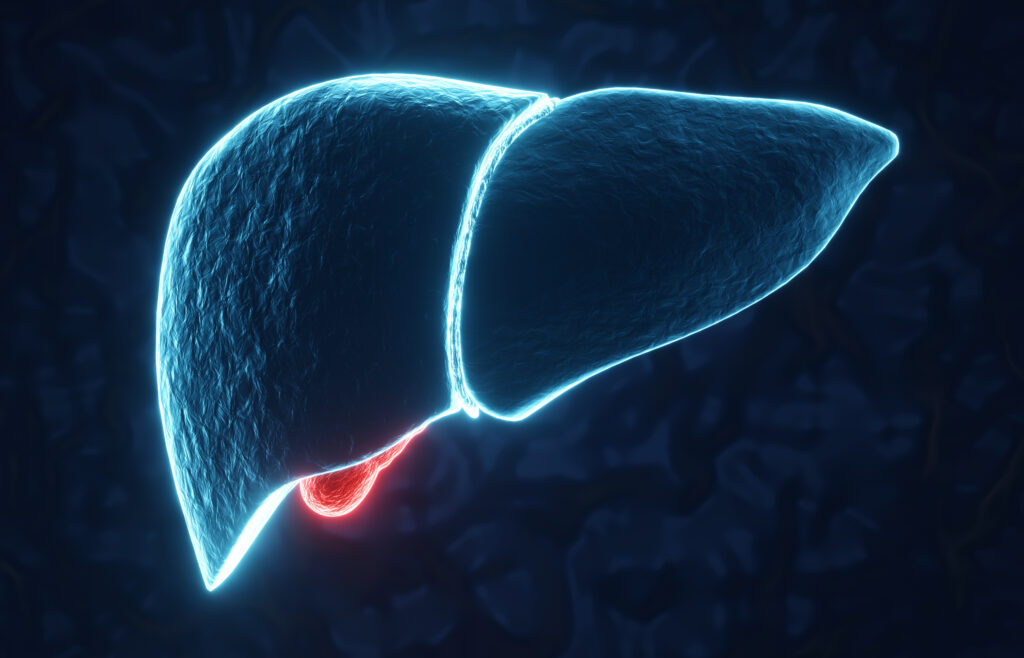
Article highlights There is growing clinical importance attributed to the development of metabolic dysfunction-associated steatotic liver disease in people with type 2 diabetes (T2D). Numerous international groups now advocate screening for advanced fibrosis in people with risk factors, such as ...
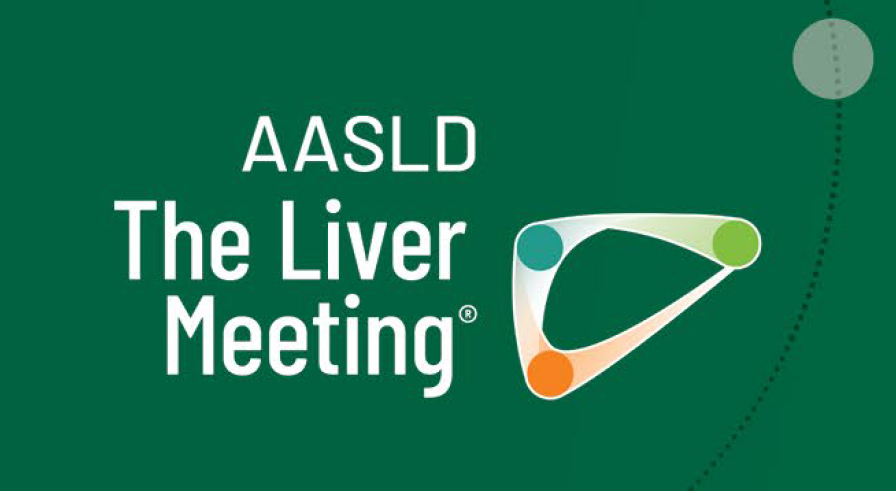
New research presented at the Annual Meeting of the American Association for the Study of Liver Diseases (AASLD), The Liver Meeting, reveals a connection between low levels of anti-Müllerian hormone (AMH) and the risk of metabolic-associated steatotic liver disease (...

New research is shedding light on the evolving landscape of liver transplants (LT) for non-cancer conditions in the United States. Dr Abdellatif Ismail (University of Maryland Medical Center, Midtown Campus, Baltimore, MD, USA) focuses on how underlying liver diseases – and ...
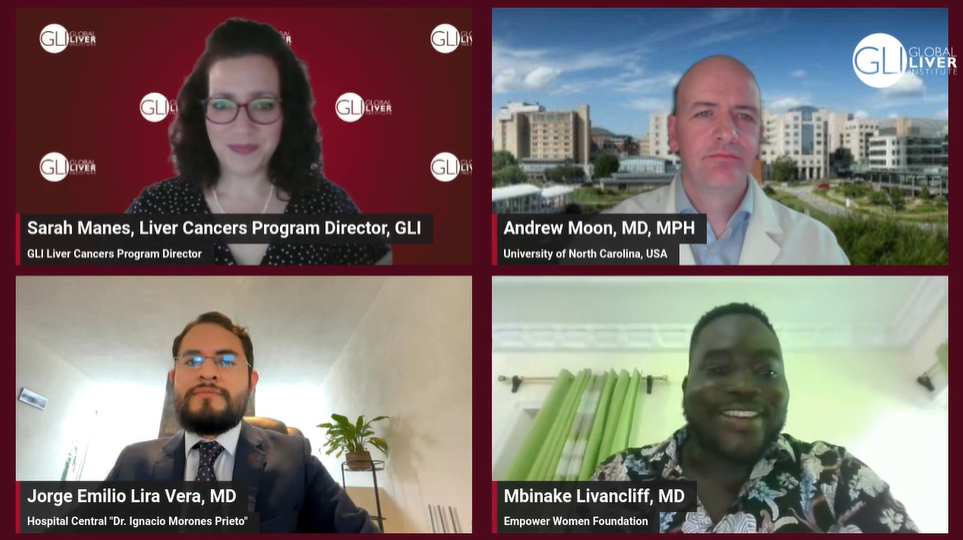
In this recent video interview hosted by Sarah Manes, Liver Cancers Program Director at the Global Liver Institute (GLI), medical experts from the USA, Cameroon and Mexico came together to address the significant health disparities in rural communities. The discussion ...

Dr Mitchell L Shiffman explores the current and future management of primary biliary cholangitis


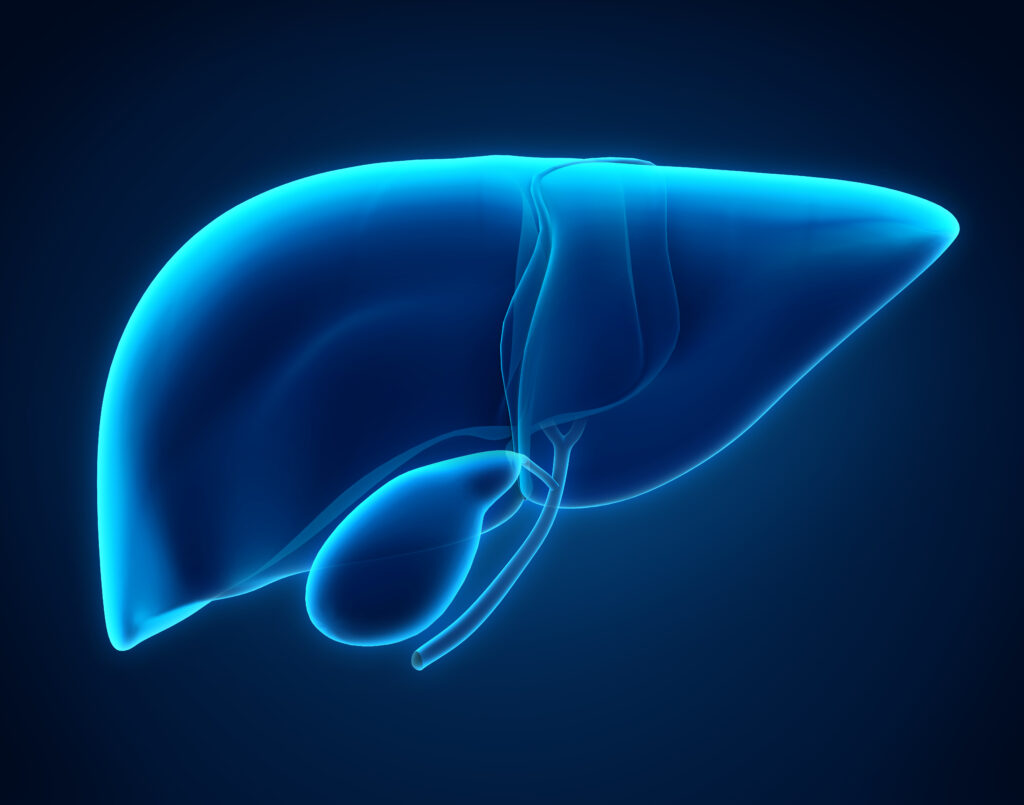
Hepatic steatosis is the liver manifestation of metabolic syndrome and a common cause of chronic liver disease. Nonalcoholic fatty liver disease (NAFLD) diagnosis relies on the presence of hepatic steatosis, defined as >5% fat accumulation in the liver, as observed ...
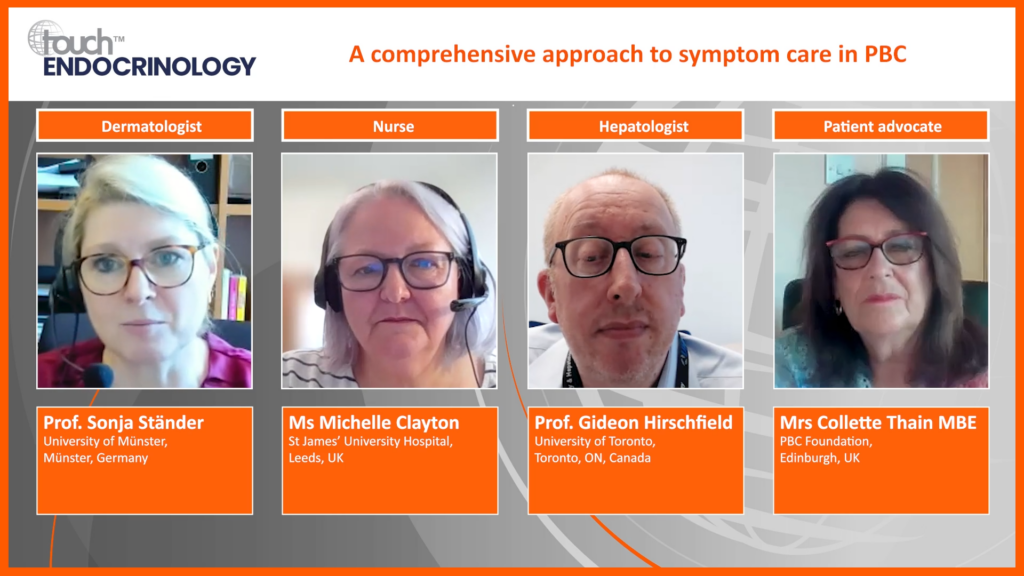
A multidisciplinary team and a patient advocate discuss the management of cholestatic pruritus in primary biliary cholangitis (PBC).







There has been an exponential increase in the global prevalence of obesity over the past few decades because of adverse lifestyle choices, such as physical inactivity and overconsumption of macronutrients. The obesity pandemic has contributed to more than 50 different disorders ...

CM-101, a CCL24 neutralizing antibody, has been recently studied in patients with non-alcoholic steatohepatitis in a phase IIa proof-of-concept study. We caught up with Prof Rifaat Safadi (The Liver Institute, Hadassah Medical Organization, Hadassah Hebrew University Medical Center, Jerusalem, Israel) ...

CM-101, a CCL24 neutralizing antibody, has been recently studied in patients with non-alcoholic steatohepatitis in a phase IIa proof-of-concept study. In this touchENDOCRINOLOGY interview, we caught up with Prof Rifaat Safadi (The Liver Institute, Hadassah Medical Organization, Hadassah Hebrew University ...

Liver conditions are often misunderstood, mischaracterized and stigmatized, which results in under-diagnosis, under-treatment and unnecessarily poor outcomes worldwide. The Global Liver Institute (GLI) "Liver Health is Public Health" initiative aims to respond to this unmet need and educate the public ...
Latest articles videos and clinical updates - straight to your inbox
Log into your Touch Account
Earn and track your CME credits on the go, save articles for later, and follow the latest congress coverage.
Register now for FREE Access
Register for free to hear about the latest expert-led education, peer-reviewed articles, conference highlights, and innovative CME activities.
Sign up with an Email
Or use a Social Account.
This Functionality is for
Members Only
Explore the latest in medical education and stay current in your field. Create a free account to track your learning.





